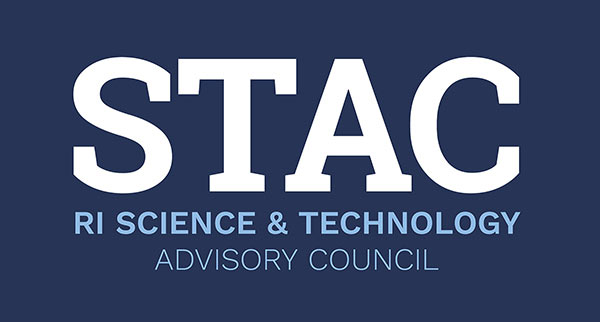Dr. Jeff Morgan
Associate Professor of Medical Science and Engineering, Brown University
Recently hailed as one of TIME Magazine’s “Top 10 Medical Breakthroughs,” the bio-artificial ovary is one of the most promising developments in fertility medicine in recent memory. Potential applications offer hope to scores of previously irremediable fertility issues. The Rhode Island Science and Technology Advisory Council is proud to have sponsored the development of this tremendous innovation via a 2009 STAC Collaborative Grant awarded to Dr. Sandra Carson, Professor of Obstetrics and Gynecology at Brown Alpert Medical School, and Jeff Morgan, Associate Professor of Medical Science and Engineering at Brown University.
In addition to Carson and Morgan, the STAC-funded research team included Brown University’s Jared Robins, Toni-Marie Achilli, Richard Moore, and Margaret Steinhoff, as well as Carson’s former student, Dr. Stephan Krotz, an infertility doctor who practices in Houston, Texas.

The story began a few years earlier, when Dr. Carson read about an interesting invention developed by a team at Brown’s Center for Biomedical Engineering led by Dr. Jeff Morgan. What Morgan and his colleagues had devised was a 3-dimensional petri dish. Intrigued, Carson reached out to Morgan.
What Carson wanted to know was whether Morgan’s innovation could help her pediatric ovarian cancer patients. One of the most painful, long-term repercussions of this population’s illness is fertility issues. While pediatric cancer patients’ eggs are often harvested before treatment in hopes of preserving future potential for in vitro fertilization (IVF), the eggs themselves are often too immature to be useful. Only a mature egg (scientific name, oocyte) can be fertilized — and oocytes can only mature inside the specialized environment of an ovary. For cancer patients whose ovaries have been removed or damaged by chemotherapy treatments, this is not an option.
Carson reasoned that a 3-D petri dish might permit the development of a virtual ovary in which an immature oocyte might mature. Morgan agreed to investigate. Funded by STAC, the two set out to create a research environment in which they could study the interactions of the three cell types — theca cells, granulosa cells, and oocytes — that, together create an ovary. In the end, they were successful in in using Morgan’s 3-D tissue engineering principles for in vitro oocyte maturation; in other words, Morgan’s new technology demonstrated its potential for developing a bio-artificial human ovary.
Thanks to Carson’s determination, Morgan’s innovation, and Science and Technology Advisory Council funding, there is now verifiable potential for an artificial ovary that may one day nurture immature human eggs outside the body.

In addition to helping pediatric cancer patients, it is hoped the artificial ovary will someday enable women with ovarian disease to take advantage of IVF. If this innovation allows technicians to mature eggs in the lab, it is likely that researchers will someday be able to help each IVF cycle become more efficient in leading to pregnancy and eventual life birth.
Will this STAC project lead to enhanced fertility treatments? Highly likely. Will it enhance Rhode Island business? Definitely: in addition to enabling the award- winning research with Carson, the STAC grant directed funding toward helping Morgan further develop MicroTissues, the business associated with his innovative 3-D petri dish.
MicroTissues came into existence after Morgan and his team had tired of replying to one request after another from laboratories around the world for the tiny implements, producing and delivering them on their own. In an “only in Rhode Island” moment, the solution to their problem came from “somebody who knows somebody.” In this case, a Brown University machinist put Morgan in touch with Fielding Manufacturing, the Cranston-based injection molding company.
Morgan made one visit, and a business relationship was cemented. After helping Morgan’s team to devise a proper manufacturing process, Fielding became MicroTissues’ sole producer. In addition to being a boon for the state, Morgan celebrates the relationship with Fielding for personal reasons: “No trips to China!”

While the devices will continue to be manufactured in Rhode Island, MicroTissues is about to solidify details of a distribution deal through Sigma Aldrich, a scientific supply company — an international giant for the global distribution of chemicals and research devices. “Although we’ve already shipped to a few countries,” Morgan notes, “The Sigma deal will make global distribution the norm.” Still, in some ways MicroTissue remains a family affair: one of Morgan’s sons designed the start-up’s branding; another put together the Sigma deal.
The logic behind STAC awards is that strategic support of research and development within Rhode Island is an economic development priority that will lead to long-term economic security and job viability. “The Time article and the company deal? STAC made both those things happen,” Morgan points out. With this latest success, STAC has amply accomplished its goals, as well as helped to provide hope to patients facing serious reproductive issues.
